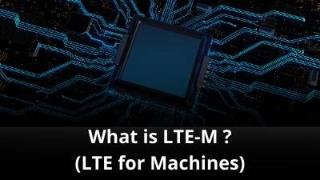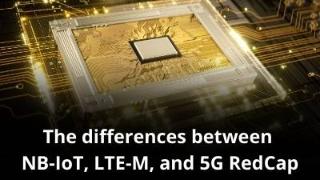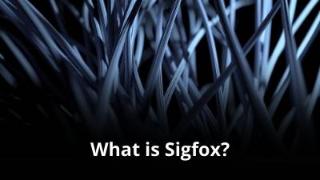The History, Current situation, and Future outlook of the LPWAN
Before we go into the details of the History, Current situation, and Future outlook of the LPWAN the following i good to know. The variety of the Internet of Things (IoT) has necessitated the development of specialized wireless communication networks capable of connecting vast numbers of low-power devices over extended distances. Low-Power Wide Area Networks (LPWANs) have emerged as a critical enabler for this burgeoning ecosystem. By optimizing power consumption and extending coverage, LPWAN technologies have unlocked new possibilities for a wide range of applications, from smart cities and agriculture to industrial automation and logistics.
Here we look into the history, current state, and future outlook of key LPWAN technologies, focusing on three prominent licensed options – Narrowband IoT (NB-IoT), LTE-M, and 5G RedCap – and three leading unlicensed alternatives – LoRaWAN, Sigfox, and Weightless. By examining these technologies, we aim to provide a comprehensive understanding of the LPWAN landscape, highlighting their strengths, weaknesses, and market positioning.
Let’s investigate the following points:
- Why History, Current Situation, and Future Outlook Matter for your IOT Business?
- What is the history, current situation, and future of the different LPWANs?
- What is the history, current situation, and future of the Narrowband IoT (NB-IoT) LPWAN?
- What is the history, current situation, and future of the LTE-M (LTE for Machines) LPWAN?
- What is the history, current situation, and future of the 5G RedCap (Reduced Capability) LPWAN?
- What is the history, current situation, and future of the LoRaWAN LPWAN?
- What is the history, current situation, and future of the Sigfox LPWAN?
- What is the history, current situation, and future of the Weightless LPWAN?
- Summary of the History, Current situation, and Future of the LPWA Networks
Why History, Current Situation, and Future Outlook Matter for your IOT Business?
Understanding the trajectory of Low-Power Wide Area Networks (LPWANs) is pivotal for businesses operating in the Internet of Things (IoT) landscape. By examining the historical development, current state, and future prospects of LPWAN technologies, organizations can make informed decisions regarding network selection, technology adoption, and strategic planning.
Identifying Market Trends:
Analyzing the historical development of LPWANs helps identify emerging trends and market shifts. This knowledge can inform investment decisions and product development strategies.
Understanding Competitive Landscape:
Comparing the evolution of different LPWAN technologies provides insights into their strengths, weaknesses, and market positioning. This information is crucial for assessing competitive threats and opportunities.
Assessing Technology Maturity:
Evaluating the current state of LPWAN technologies helps determine their readiness for specific applications and deployment scenarios.
Anticipating Future Developments:
By studying the future outlook of LPWANs, businesses can identify potential disruptions and prepare for technological advancements.
What is the history, current situation, and future of the different LPWANs?
Here’s a detailed overview of each generation and its significance for your IOT Business:
- What is the history, current situation, and future of the Narrowband IoT (NB-IoT) LPWAN?
- What is the history, current situation, and future of the LTE-M (LTE for Machines) LPWAN?
- What is the history, current situation, and future of the 5G RedCap (Reduced Capability) LPWAN?
- What is the history, current situation, and future of the LoRaWAN LPWAN?
- What is the history, current situation, and future of the Sigfox LPWAN?
- What is the history, current situation, and future of the Weightless LPWAN

What is the history, current situation, and future of the Narrowband IoT (NB-IoT) Network?

History: NB-IoT emerged as a response to the growing demand for low-power, wide-area connectivity for IoT devices. Standardized by 3GPP in 2016, it rapidly gained traction due to its reliance on existing cellular infrastructure.
Current Situation: NB-IoT has become a mature LPWAN technology with widespread adoption globally. Its low power consumption, wide coverage, and strong security make it a compelling choice for numerous IoT applications, including smart metering, asset tracking, and agriculture. Major cellular operators have invested heavily in NB-IoT network deployment, ensuring its availability in many regions.
Future Outlook: NB-IoT is expected to maintain its position as a dominant LPWA technology, especially in regions with well-developed cellular networks. The focus will likely shift towards enhancing network capacity, improving indoor coverage, and exploring new applications, such as smart city infrastructure and industrial IoT.
What is the history, current situation, and future of the LTE-M (LTE for Machines) Network?
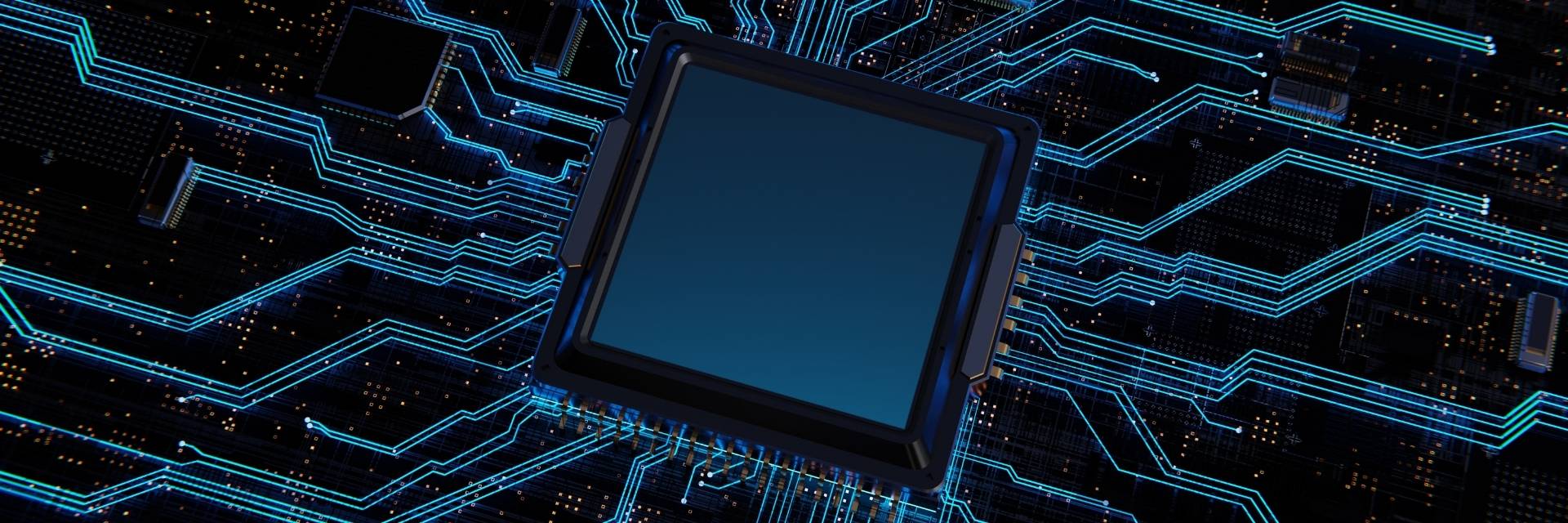
History: LTE-M, also known as LTE Cat-M1, was developed as a complementary technology to NB-IoT. It offers a balance between power consumption, data rate, and coverage. Standardized by 3GPP in 2016, LTE-M has gained traction in various IoT markets.
Current Situation: LTE-M has established itself as a versatile LPWAN technology, suitable for a wider range of applications than NB-IoT. Its ability to support voice services and higher data rates makes it attractive for connected car and industrial IoT use cases. However, competition from NB-IoT and newer technologies like 5G RedCap is intensifying.
Future Outlook: LTE-M is expected to coexist with NB-IoT and 5G RedCap, catering to specific market segments. The focus will be on improving network performance, expanding coverage, and exploring new applications, such as remote healthcare and smart agriculture.
What is the history, current situation, and future of the 5G RedCap (Reduced Capability) Network?

History: 5G RedCap is a relatively new LPWA technology positioned between LTE-M and traditional 5G. It aims to provide a balance of enhanced data rates, lower latency, and improved power efficiency compared to LTE-M.
Current Situation: 5G RedCap is in the early stages of deployment and commercialization. Its adoption will depend on factors such as network infrastructure, device availability, and application requirements.
Future Outlook: 5G RedCap has the potential to disrupt the LPWAN market by offering a compelling combination of features. However, its success will hinge on the availability of affordable devices and the development of suitable applications.
What is the history, current situation, and future of the LoRaWAN Network?
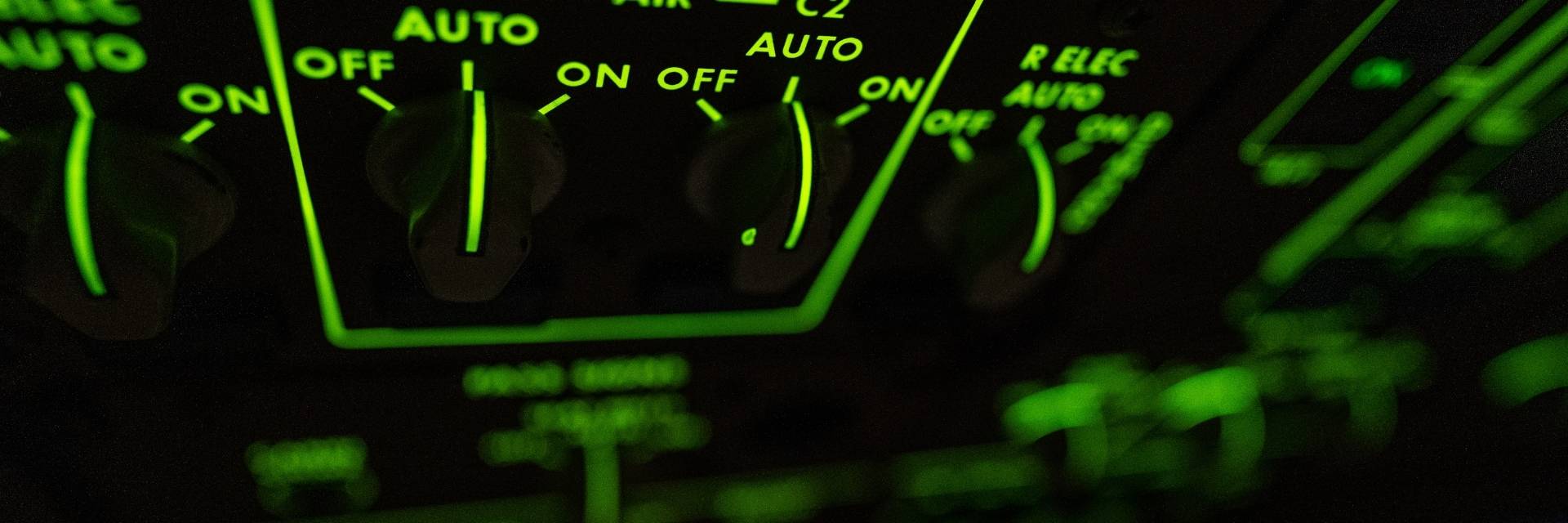
History: LoRaWAN emerged as an open-source LPWAN technology, gaining popularity due to its long range and low power consumption. Its ability to penetrate buildings and operate in challenging environments contributed to its widespread adoption in smart city, agriculture, and logistics applications.
Current Situation: LoRaWAN remains a dominant force in the LPWAN market, with a strong ecosystem of network operators, device manufacturers, and solution providers. Its open-source nature has fostered innovation and competition, leading to a variety of network architectures and pricing models. However, the competitive landscape is evolving with the emergence of cellular LPWAN technologies.
Future Outlook: LoRaWAN is expected to maintain its position in the LPWAN market, particularly in regions with limited cellular infrastructure. The focus will be on enhancing network capacity, improving data rates, and exploring new applications, such as industrial IoT and smart home automation.
What is the history, current situation, and future of the Sigfox Network?

History: Sigfox was founded in 2010 and focused on providing a simple and low-cost LPWAN solution. The company deployed its first commercial network in France in 2012.
Current Situation: Sigfox has established a global presence, with a focus on low-power, wide-area connectivity for basic IoT applications. While facing competition from other LPWAN technologies, Sigfox continues to serve specific market segments, such as asset tracking and smart metering.
Future Outlook: Sigfox is likely to maintain its focus on low-cost, low-power applications, seeking to differentiate itself through network optimization and cost reduction strategies. The company may explore partnerships or acquisitions to expand its market reach and service offerings.
What is the history, current situation, and future of the Weightless network?

History: Weightless is a relatively newer LPWAN technology compared to its counterparts. It offers a range of standards to cater to different IoT requirements.
Current Situation: Weightless is still gaining traction in the LPWAN market. Its flexible approach to data rates and power consumption positions it as a potential competitor to other LPWAN technologies. However, it faces challenges in terms of market penetration and ecosystem development.
Future Outlook: The success of Weightless will depend on its ability to differentiate itself from established LPWAN technologies and attract a significant user base. The company will need to focus on expanding network coverage, developing new applications, and building strong partnerships.
Summary of the History, Current situation, and Future of the LPWANs
The LPWAN landscape is characterized by rapid evolution, with multiple technologies competing for market share. Licensed technologies like NB-IoT, LTE-M, and 5G RedCap benefit from cellular infrastructure, while unlicensed technologies like LoRaWAN and Sigfox offer cost-effective solutions. Weightless presents a flexible approach with the potential to address specific market segments.
Key trends include the increasing convergence of LPWAN with other technologies, the growing importance of security and privacy, and the expansion of LPWAN applications into new domains. The future of LPWANs will be shaped by technological advancements, regulatory changes, and evolving customer needs.
